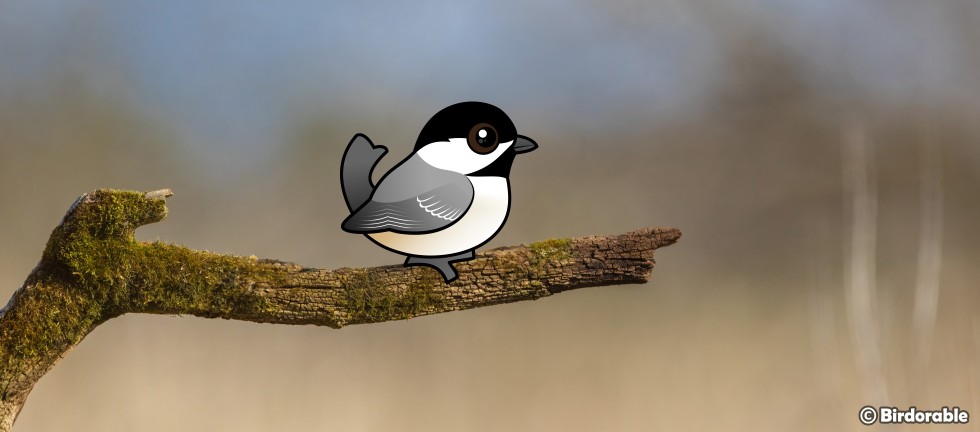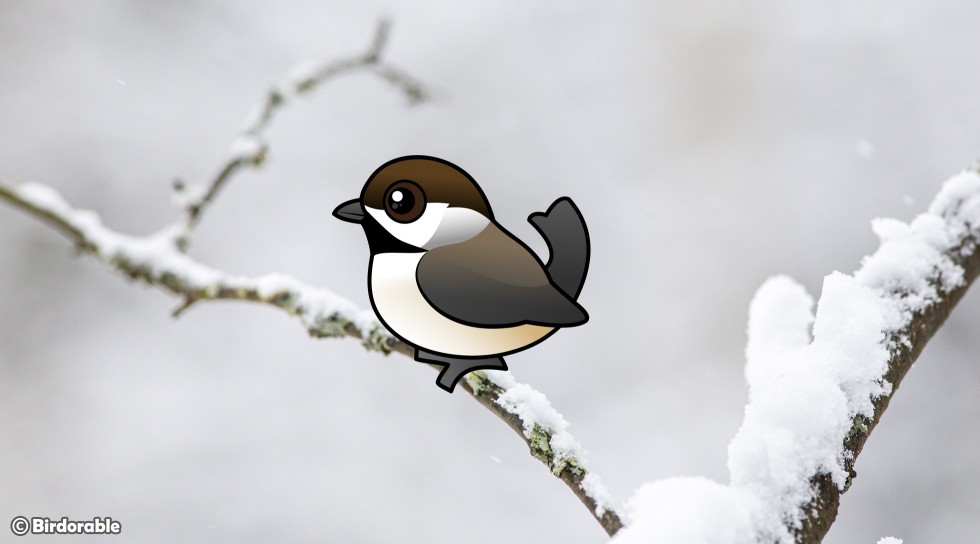Fun Facts About Chickadees

Black-capped Chickadee
Dive into the world of chickadees with these fascinating and fun facts! Known for their playful nature and delightful chirps, chickadees are more than just tiny birds flitting through your backyard. Here we go:
- There are seven species of chickadee in the world. Chickadees, along with titmice, belong to the family Paridae. This family of songbirds also includes birds known as tits.
- The Black-capped Chickadee is the state bird of both Maine and Massachusetts. It is also the provincial bird of New Brunswick.
- The Grey-headed Chickadee is also known as the Siberian Tit. Strangely, it does not have a grey head.
- These little birds are known as "chickadees" because of their alarm call. This type of name is onomatopoetic -- the word is the sound that it describes.
- The more "dee" notes at the end of a chickadee call indicate increasing levels of agitation. For instance, a chickadee may end their call with just one "dee" when a known person fills a favorite bird feeder. An owl roosting near the feeding station would warrant many more "dee" notes.
- This is what the call of the Black-capped Chickadee sounds like:
- While some species may move seasonally, for the most part chickadees are non-migratory. Passing migrant species may seek out feeding flocks of chickadees (finding their "chick-a-dee" call familiar) as they stop along their migration route. As flocks of chickadees attract migratory birds, they also attract birdwatchers!

Boreal Chickadee
- Chickadees are known to store food items like seeds or insect larvae in times of abundance. The cached food may be retrieved in leaner times. The Mexican Chickadee is the only chickadee which does not cache food.
- Chickadees are cavity nesters. They use old woodpecker holes or excavate their own cavities in rotted or soft wood. They will also use birdhouses.
- Chestnut-backed Chickadees like to line their nests with animal hair, with fur from animals like coyotes, skunk, rabbits, and others making up to half of the nest's materials.
- A group of chickadees can be called a banditry of chickadees. This collective noun probably refers to the mask-like appearance of chickadee species.
- The range of Black-capped Chickadees overlaps with that of Carolina Chickadees. They look so much alike that even the birds themselves may have a hard time telling each other apart - they hybridize! Offspring of a mixed pair sing a song that is three notes long. That's one less note than the Carolina parent, and one more note than the Black-capped parent!

Mountain Chickadee
Five species of chickadee found in North American can be found right here on Birdorable! See the following species pages:

















Comments
Leave a comment
Thank you!